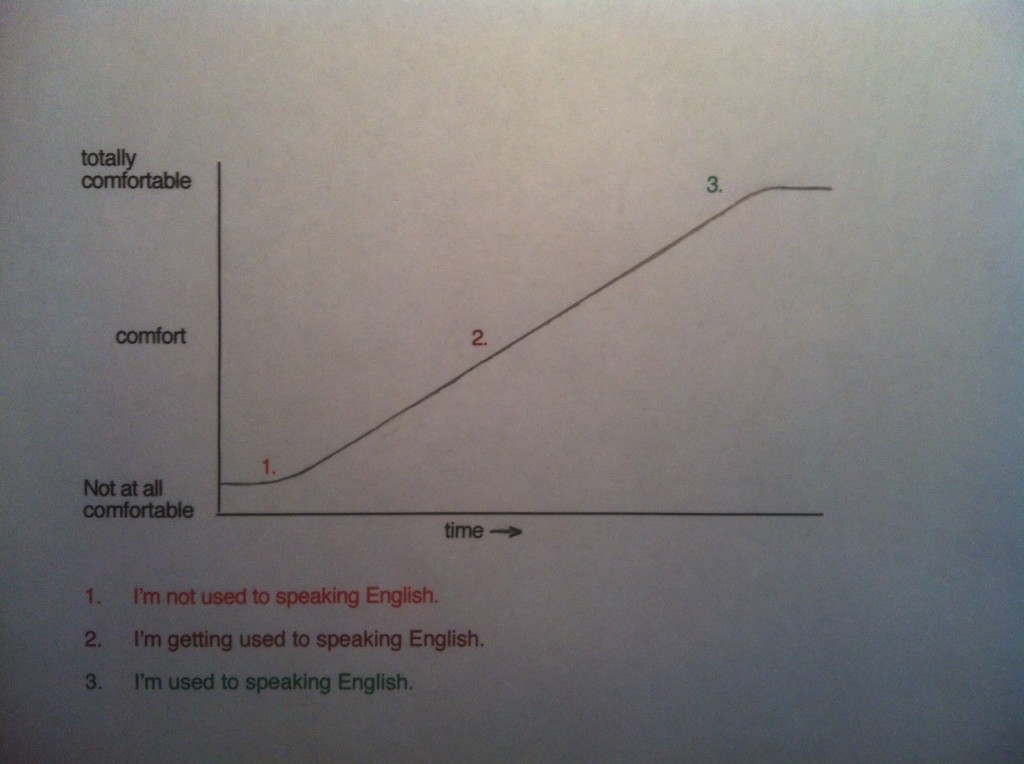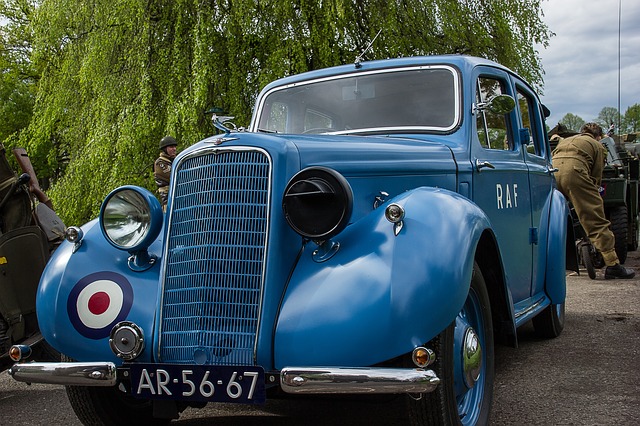There are three ways to use used to: used to, be used to, and get used to. Used to is the simplest and indicates an action that was continuously or repeatedly done in the past, but has not been done since then.
Used to
After used to use the simple form of the verb.
Examples:
George used to go to this school when he was young. (George went to this school earlier in his life but hasn’t studied there since he left.)
I used to have a teddy bear named Pooh. (When I was young, I had a teddy bear named Pooh, but I haven’t had that toy since that time.)
My uncle used to take us to the movies all the time when we were kids. (My uncle often took us to the movies when we were kids, but he hasn’t done that since we grew up.)
Aaron used to be a taxi driver when he lived in Toronto. (Aaron was a taxi driver when he lived in Toronto but hasn’t been a taxi driver since he moved away from that city.)
NOTE: In the negative or interrogative (with did), drop the ‘d’ from used.
Examples:
She didn’t use to be so mean, but now she is. (She was a nice girl, but now she’s mean.)
Did you use to smoke when you were a teenager? (You don’t smoke now, but did you when you were a teenager?)
Study this first section, and when you think you’re ready, do the following exercise.
Your Score:
Your Ranking:
Be used to
Be used to indicates that someone is comfortable doing an action because they have done it enough times that it doesn’t seem at all strange now. It is a description not an action. Use a noun (or a gerund if it’s a verb) after be used to. Be used to can be in the simple present (I am used to,) the simple past (I was used to,) or the present perfect (I‘ve been used to.)
Examples:
Peter is used to being a leader. He’s done it many times before. (Peter has been a leader so many times before that it is comfortable for him now.)
Julie was used to going shopping on Saturday mornings. (Saturday mornings were Julie’s most comfortable times to shop.)
Frank has been used to cold weather since he moved to Alaska. (When Frank moved to Alaska, he was immediately comfortable with the cold weather there.)
In the negative not be used to means that an action is not comfortable. It still feels strange because the person hasn’t done the action much before.
Examples:
Ryan comes from Australia, so he’s not used to driving on the right side of the road. (Ryan hasn’t had enough practice driving on the right side of the road, so he’s uncomfortable driving on that side.)
When Maryam first came here, she wasn’t used to all the rain, but now she’s okay with it. (In the beginning Maryam was uncomfortable with all the rain here, but now it doesn’t bother her anymore. She’s comfortable with it.)
Sarah isn’t used to living alone. (Sarah just started living alone, and she’s not yet comfortable with it.)
Get used to
Get used to indicates the movement from being uncomfortable with something to being okay with it. It is an action not a description. Use a noun (or a gerund if it’s a verb) after get used to. Get used to can be in the simple present (I get used to,) the present continuous (I‘m getting used to,) the simple past (I got used to,) the past continuous (I was getting used to,) the present perfect (I‘ve gotten used to,) and the future (I will get used to.)
Examples:
Although Marcus already spoke the language, it took him weeks to get used to the new culture. (Over two weeks Marcus went from being uncomfortable to being comfortable with the new culture.)
Don’t worry. You’ll get used to the rain in Vancouver. (Now you don’t like all the rain, but after some time has passed, you’ll be comfortable with it.)
They won the lottery, but they haven’t gotten used to spending large amounts of money. (Although they’re rich, they are uncomforrtable spending lots of money. They haven’t yet made that move from being uncomfortable to being comfortable with lots of money.)

Your Score:
Your Ranking:
© 2013 Ambien Malecot


